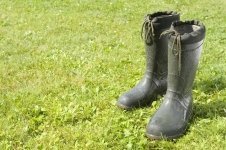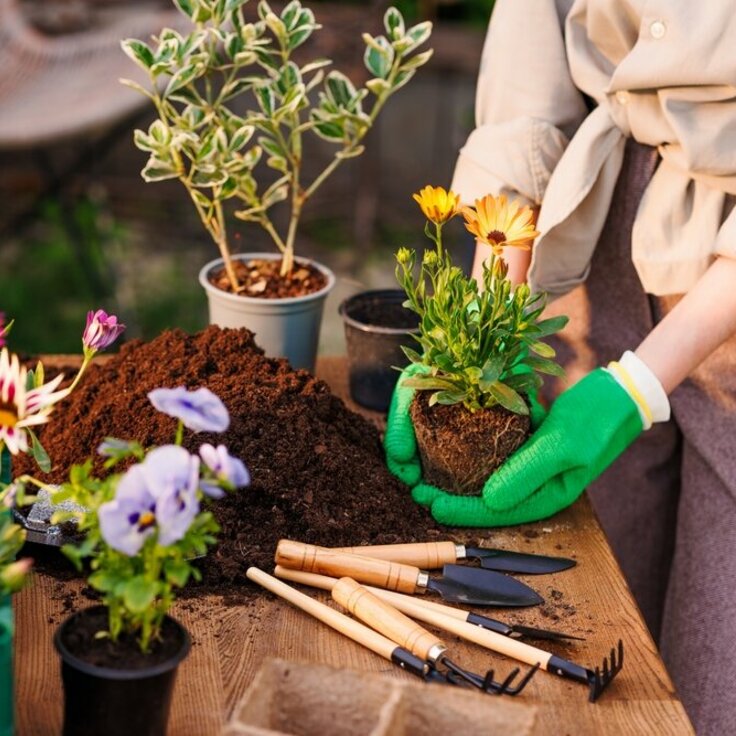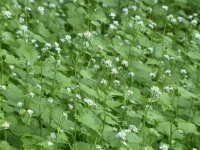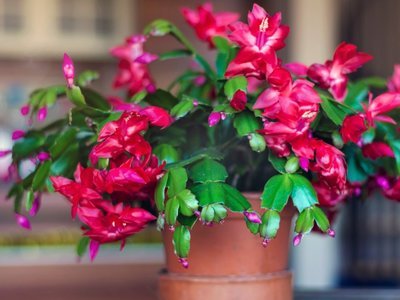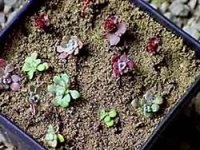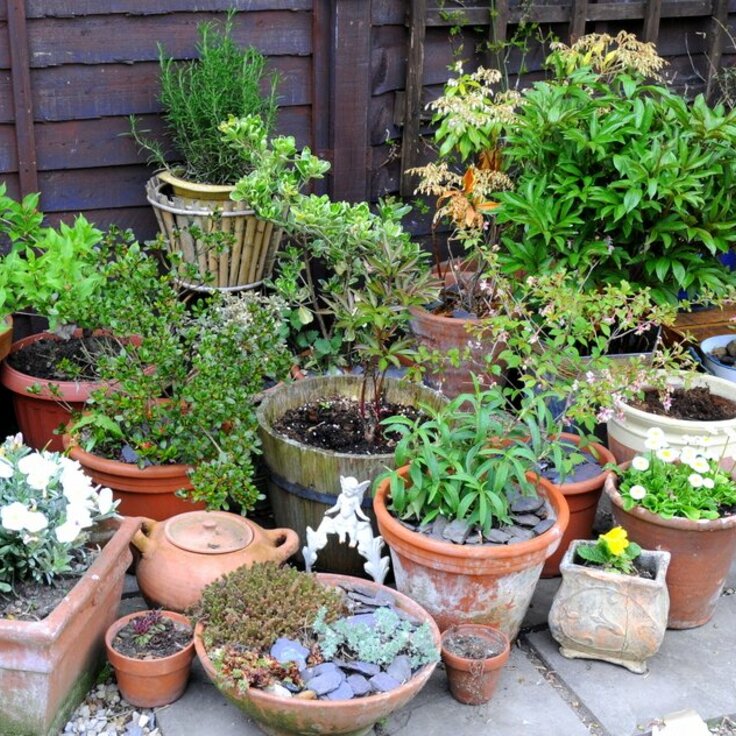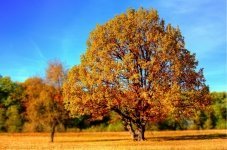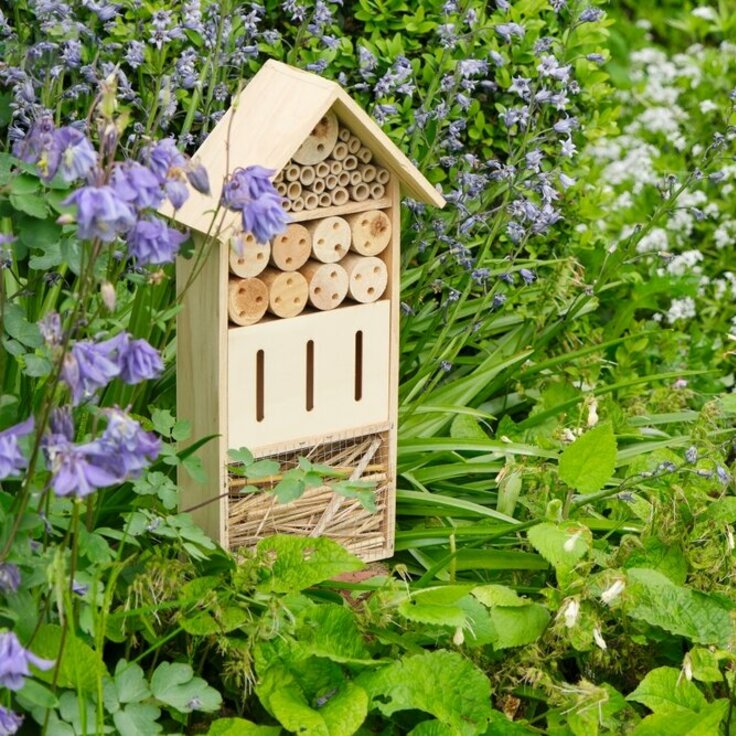Give Your Lawn a Boost
As our lawns awaken from their winter's nap, warm winds, high temperatures, and lack of moisture can put real stress on them. It's time to plan a strategy for a healthy, green, and drought-enduring lawn while conserving water at the same time. The way to have a beautiful lawn is to understand what a healthy lawn is all about and how to keep it that way.
All grasses need a good foundation of healthy soil. The proper balance of air, water, and nutrients will encourage the roots to grow deeply and vigorously. A soil test is a good starting point that will tell you if there are nutritional deficiencies or pH levels that need correcting.
Soil Preparation is Key
Before sodding a new lawn, prepare the soil. A simple way to improve your soil is to apply organic amendments. As soil structure is improved, the soil becomes healthy and can support deeper root growth. Adding organic matter will improve the drainage and aeration of heavy clay soils, as well as improve the water-holding capacity of sandy and granite-based soils. You may also find that removing the top layer will help to reduce the chances of weeds and mushrooms appearing during the later months in the year.
Quality organic amendments also help unlock mineral elements so they are available to the plants and help speed up the formation of a living and healthy soil. Soon your lawn will be easy to maintain with some basic lawn care practices. Whilst very heavy, soil can be disposed of in a variety of skip sizes, it's usually best to stick to no larger than a 6 yard skip so that it can be lifted safely by the lorry.
Core Aeration Gives Your Lawn Breathing Room
A neglected lawn's recovery should start with a good core aeration. Proper aeration removes cores of soil and thatch (that water-repellent layer of living and dead roots, stems, and leaves that accumulates above the soil surface). Insects, diseases, and some weed species find thatch an ideal place to live.
It is particularly important to core aerate lawns on clay soils that are prone to compaction from human and pet traffic and from running the lawn mower over the lawn. Aeration increases water and air penetration, stimulates new root growth, and provides openings for fertilizer and pulverized compost to enter the soil. If you need to overseed a thin lawn, the openings left from aeration provide lodging places for grass seed to germinate more successfully.
You'll get the best results from aerators that remove 3-inch-deep cores that are 3/4 inches in diameter and spaced at 3 to 6 inch intervals. The aerator should cross the lawn at least twice, going in two different directions.
Plugs left from aeration can be unsightly and tracked indoors if left on the surface. Ideally, you should rake up the plugs after aeration and recycle them in the compost pile. If you prefer, you can leave the plugs on the lawn and they will eventually break down after several mowings. Just remember to sharpen the lawn mower blade regularly as mowing plugs will dull the blade.
Crabgrass Control
If you have a thin, weak lawn that's prone to crabgrass invasion, early to mid-April is the time to apply a low-toxicity pre-emergent herbicide to prevent this invader. Corn gluten is a natural product that acts as a pre-emergent herbicide. Be sure to apply any herbicides you use according to the label instructions. And remember, these products inhibit grass seed germination as well, so skip them if you are overseeding your lawn.
For more information click her for the National Gardening Association.


